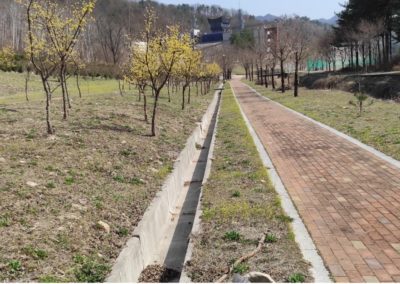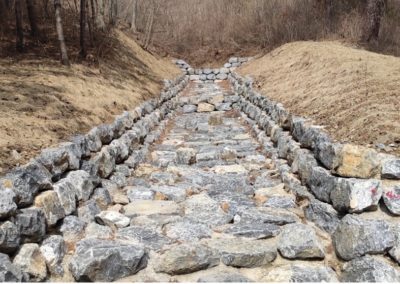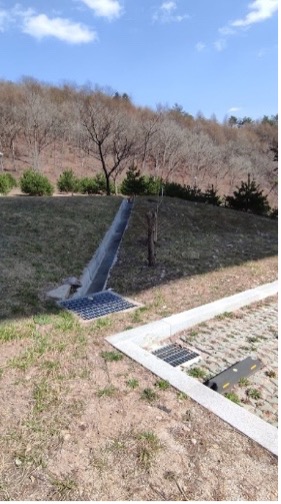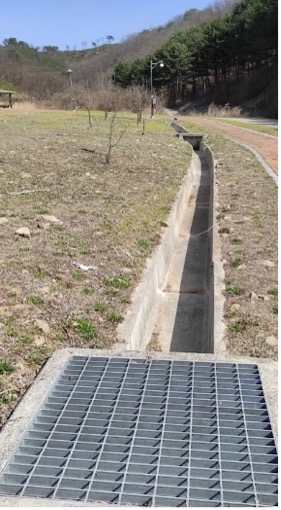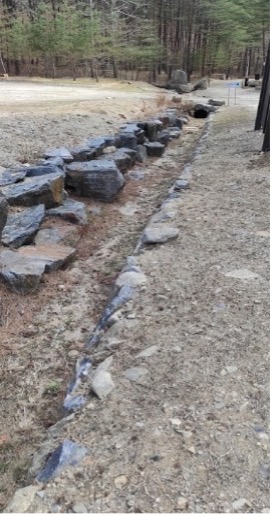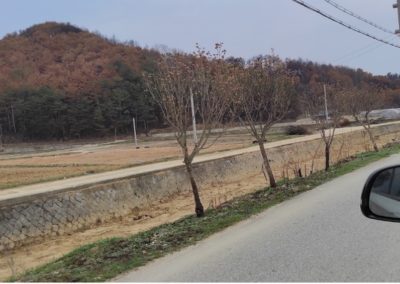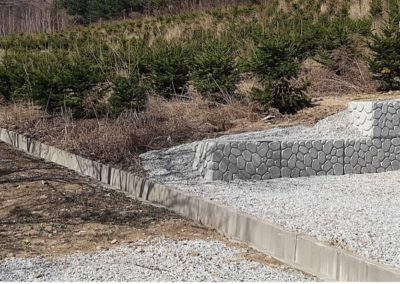South Korea at the invitation of the Korea Green Foundation
This blog will be writen as report on the visit to South Korea at the invitation of the Korea Green Foundation on 2-9. April 2021
Authors of the report: Michal Kravčík, Mooyoung Han
The aim of the visit was to monitor, present and communicate the causes of the forest fires in South Korea, which are increasing from year to year. Discussions were at the level of communities, politicians, experts and managers for forest protection.
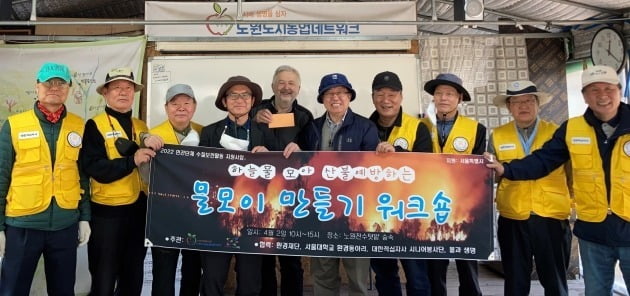
Former Thai Ambassador Im Jae-hong (from left), Tovenet Chairman Hwang Tae-in, former Vietnamese Ambassador Lim Hong-jae, Nowon Urban Agricultural Network CEO Lee Eun-soo, Slovakia ‘People and Water’ Chairman Michal Kravcik, and Han Mu-young, who participated in the water harvesting event ahead of Arbor Day last week Professor Emeritus of Civil and Environmental Engineering at Seoul National University, former deputy commander of the Army Special Warfare Command Lee Jeong-ha, former chairman of Gadin Moon Kwon, former Croatian ambassador Byun Dae-ho, and former Iraqi military officer Kang Man-seop.
Source: https://www.hankyung.com/society/article/202204116759i
No big conclusions can be drawn from the week-long stay, but by visiting individual areas of South Korea, it was possible to understand the causes of more frequent forest fires in Korea. It is evident that the risks of fires are related to the drying up of not only forests but also the entire Korean Peninsula.
Despite the fact that an average of 1400 mm falls on the Korean Peninsula per year, up to 50% of precipitation falls in the summer months (July-August). After extreme rainfall in the summer of 2020, when the monsoon lasted 49 days, scientists agreed that the cause was global warming [1].
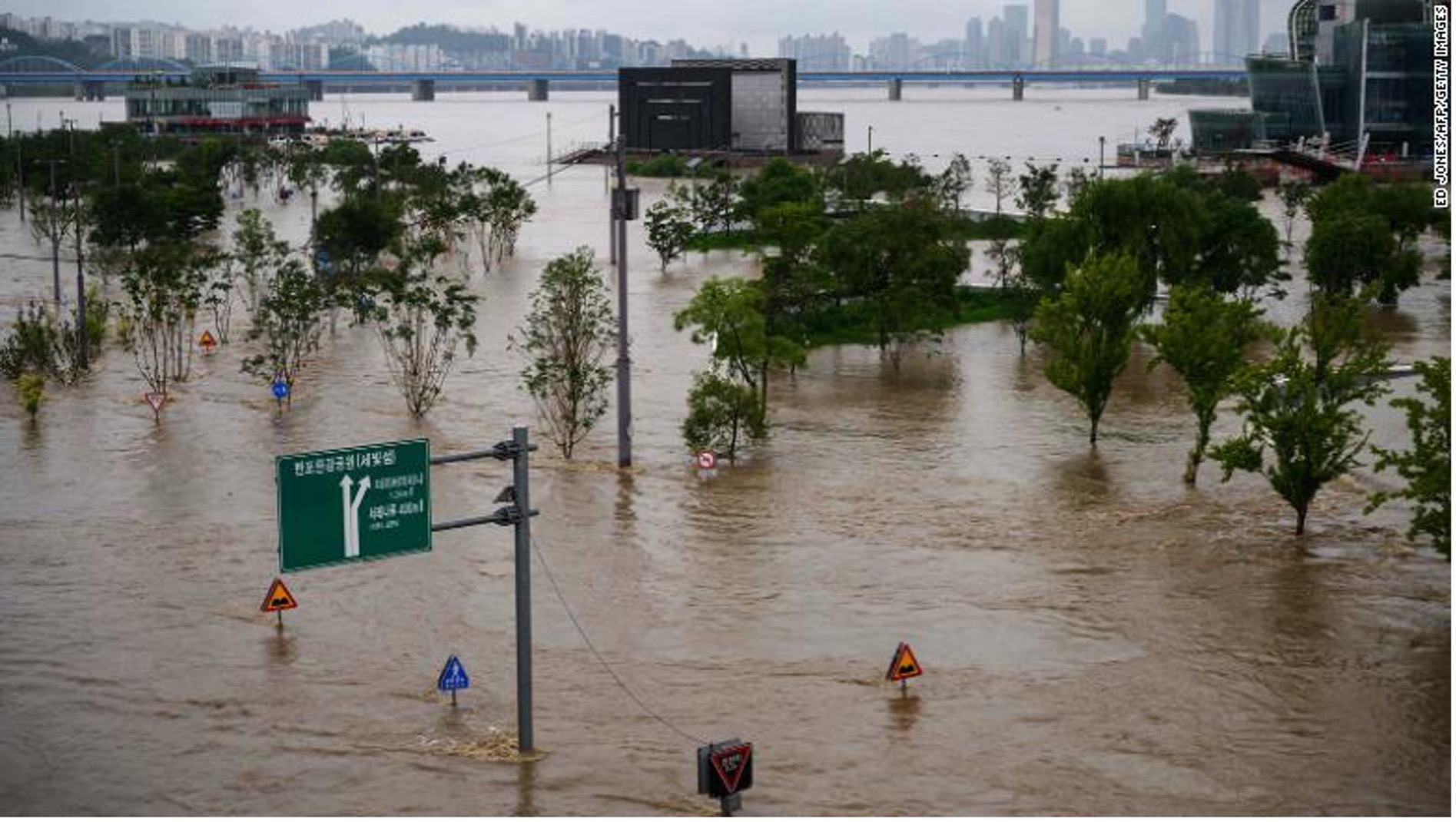
A flooded park beside the Han river in Seoul on August 3, 2020 4 inch - 100 mm in one day) [2]
After the long summer monsoon, droughts came, which were repeated in the winter of 2021-22. The number of fires in the winter of 2022 increased by more than 100% compared to 2021. There are many dry streams in the country and with very low water levels on the rivers. These indicate that there is low amounts of the water in the country.
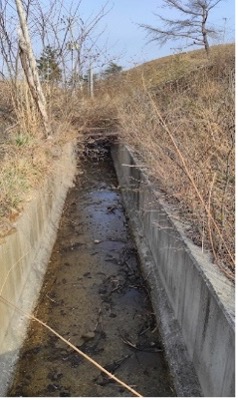
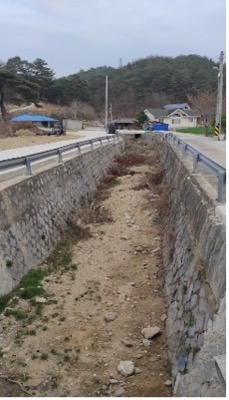
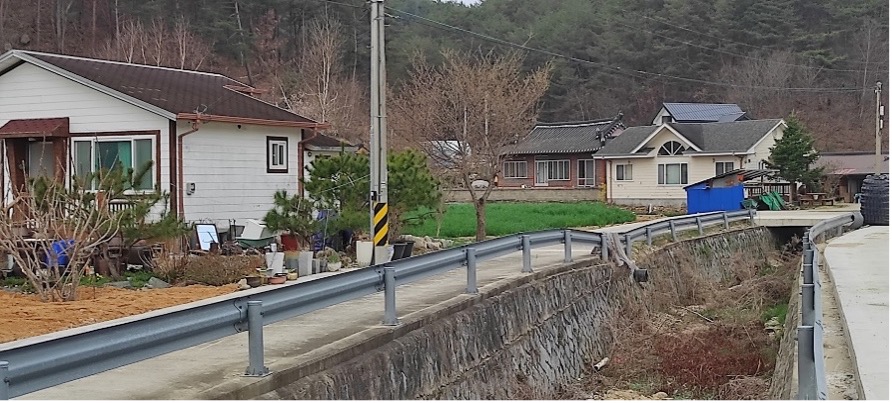
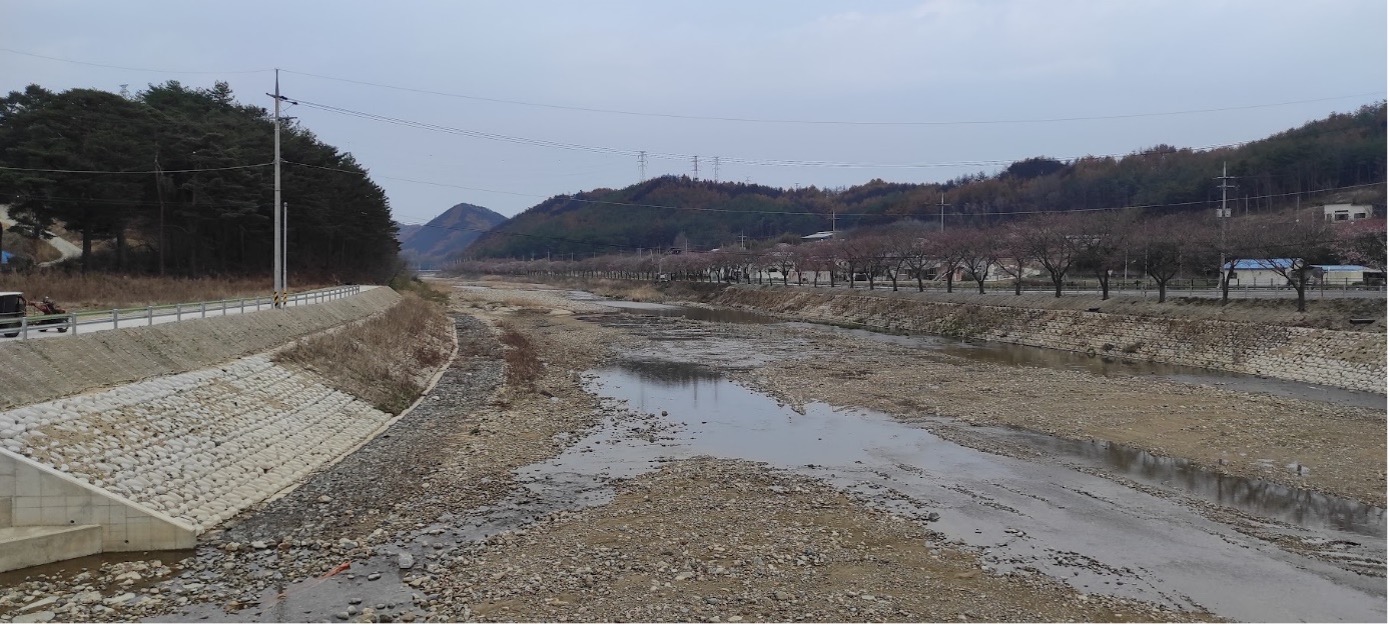
Here it is necessary to realize that if 1000 m3 is drained from a small piece of drained land every year, then 10 thousand m3 of rainwater is drained for 10 years and 30 thousand m3 is drained from the given area in 30 years. This water is absent in small water cycles, thermoregulation is weakened and the result is the release of heat into the troposphere, which overheats the site and the surrounding area. With each 1 m3 of rainwater drained, 700 KWh of heat is released into the atmosphere.
According to expert estimates, it drains about 500 mil. m3. This needs to be clarified by analysis. In the 50 years of implementation of the old water paradigm in the territory of South Korea, more than 25 billion have been lost. m3 of rainwater that remained in the country replenished soil and groundwater reserves, evaporated through vegetation and was part of small water cycles that created conditions of more frequent rains and humidification of the landscape. This reduced the risk of fires.
If this trend does not stop, there is a risk that the country of South Korea will continue to dry up, and the time will come soon after what South Korea has built over many decades in forest protection will have the potential to cause large-scale fires. South Korea can prevent this by systematically launching programs that strengthen the water retention of forest ecosystems and thus prevent fire risks.
In this context, it should be borne in mind that increasing rainwater retention in the country strengthens ecosystem services. The water in the soil contributes to the growth of vegetation and thus also of woody plants, because there is permanently enough water for vegetation. At the same time, excess water from the soil gravitationally seeps into the underground reserves. The water that contributes to the growth of vegetation evaporates. The evaporated water transports latent heat to the higher colder layers of the atmosphere. As water vapor condenses in the higher colder layers of the atmosphere, clouds form, and at the dew point, latent heat becomes sensitive and heats these colder layers. This means having more water in the country means enhanced thermoregulation of the country and reduced risks of fires.
It should also be recalled that sufficient water in the country also contributes to the daily condensation of water vapor in the microcycles that form horizontal rainfall: Annual horizontal rainfall can give the country 50-80 mm of moisture, which also protects areas from drought and fire. This can be achieved by keeping the part of that water that flows out of the country without useful during heavy rains, ecosystems being restrained in the country, the restoration processes of the country are started and at the same time the restoration of small water cycles is strengthened, horizontal rainfall is strengthened. This will cause it to rain more during those times of the year when it rains very little, and it will rain less when it rains too much. For this to happen, a systemic program of increasing the country’s retention capacity is needed, provided that rain is not a waste, but an irreplaceable source of life, biodiversity, stability, community security.
The nature of the monthly precipitation totals suggests that it is possible to create the right conditions for the moisture that was in South Korea’s forest to return a few decades ago within 5 years. This will ensure the protection of forests against fires, improve the climate, strengthen biodiversity, increase the protection of areas against floods and droughts and also improve the hydropower potential of the river throughout the country. However, there is a need to create frameworks to help politicians make good decisions.
We recommend:
- Establish the Korean National Coordinating Board for the Ecosystem Flood Program
- Development of a Republic of Korea Flood Action Plan to Reduce Fire Risks by 2030 – should be specified across South Korea’s river basins and reflected in concrete community-level solutions
- Create legislative frameworks that will motivate all forest owners and managers, but also agricultural and urbanized lands to leave rainwater where it falls.
- Create partnerships with private investors that will allow carbon credit to be invested in rebuilding damaged land by strengthening photosynthesis. The potential is to increase the sequestration of 3-4 tons of CO2 / ha by annually enhanced photosynthesis
- To increase the level of education and capacity building of technological solutions for ecosystem flooding of the country, we recommend creating three model areas, in which already in 2022 they will experimentally test technological solutions, capacity will be built for mass ecosystem flooding of the whole country.
- Consider partnership cooperation with Slovakia also because South Korea has several significant investments in Slovakia (eg KIA), which can show a way out how to cooperate internationally in integrated nature protection in the ongoing climate change.
In Košice and Seoul, April 11, 2022
Michal Kravčík
Mooyoung Han

